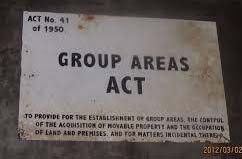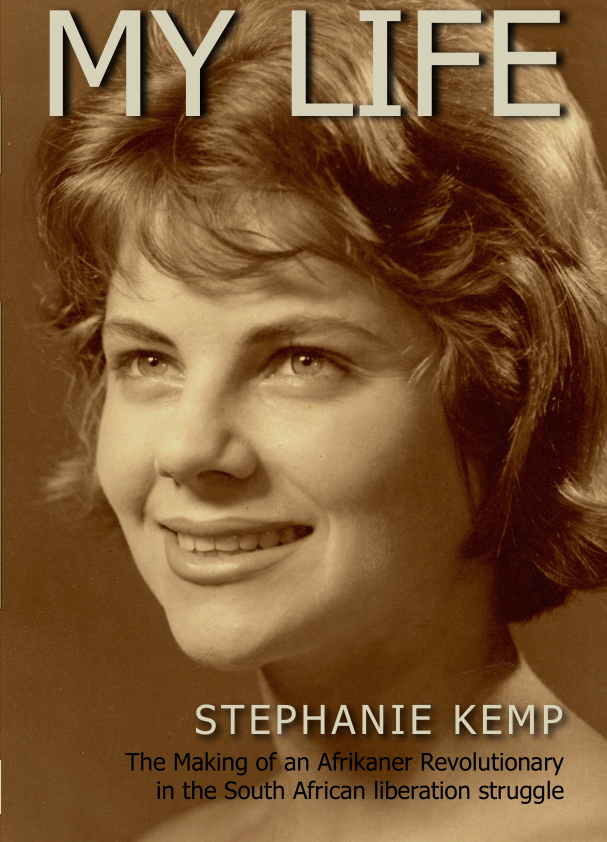Govin Reddy
Govindasamy Reddy (Govin Reddy) was born on 16 June 1943 in Kranskloof, a farming area next to Claremont on the outskirts of Durban, Natal (now known as KwaZulu-Natal - KZN).
Deputy President Cyril Ramaphosa: Memorial Service of Steve Mokone
Programme Director,
Minister of Sport and Recreation Fikile Mbalula,
Acting Premier of Gauteng Ms Qedane Mahlangu,
Family and friends of Steve Madi Mokone,
Fellow South Africans,
We gather here today as a nation to pay our respects to South Africa’s premier global football ambassador – Steven Madi Mokone.
Steve Mokone got the nickname ‘Kalamazoo’ from a timeless classic by Glen Miller.
It is perhaps fitting that the name should have stuck, because he was a consummate artist, who entertained and amazed in equal measure.
Neil Robert Tovey
Neil Robert Tovey is a South African Football Coach and Former player. He was born in Pretoria on 2 July 1962. He made his professional debut for Durban City in 1981 and won the 1982 and 1983 National Professional Soccer League (NPSL) titles. He holds the record for the most appearances in the National Soccer League (NSL).
Tovey led Bafana Bafana to their only AFCON title in 1996 under Clive Barker. Tovey who was well known as Mokoko the football field spent 10 years of his soccer career at Kaizer Chiefs and retired at the club.

Steve Mokone: the striker who broke the apartheid barrier
The first black South African footballer to play in Europe, was told whenever he scored it would be in the cause of independence. Jonathan Wilson tells of a legend's ups and downs. When Steve Mokone arrived at Coventry City in 1955, he was probably the most eagerly awaited signing in their history. Fans queued simply to get a look at their new star, but their interest had less to do with his reputation as an explosive and skilful player than with the fact he was black, and was thus the first black South African to play in any of Europe's professional leagues.
The sad secret kept by the trailblazing South African Steve Mokone
When the Dutch journalist Tom Egbers first decided to find out what happened to his father’s footballing hero, he could never have imagined where it would lead. Almost 40 years had passed since the South African striker Steve ‘Kalamazoo’ Mokone spent two seasons playing for Egbers’ hometown club Heracles Almelo in Holland’s third division. But in 1993 no one had heard from him since.
“My father always used to tell me about this wonderful player who joined the club in the 1950s who was a black man – something that was unheard of in our part of the country,” he remembers.


